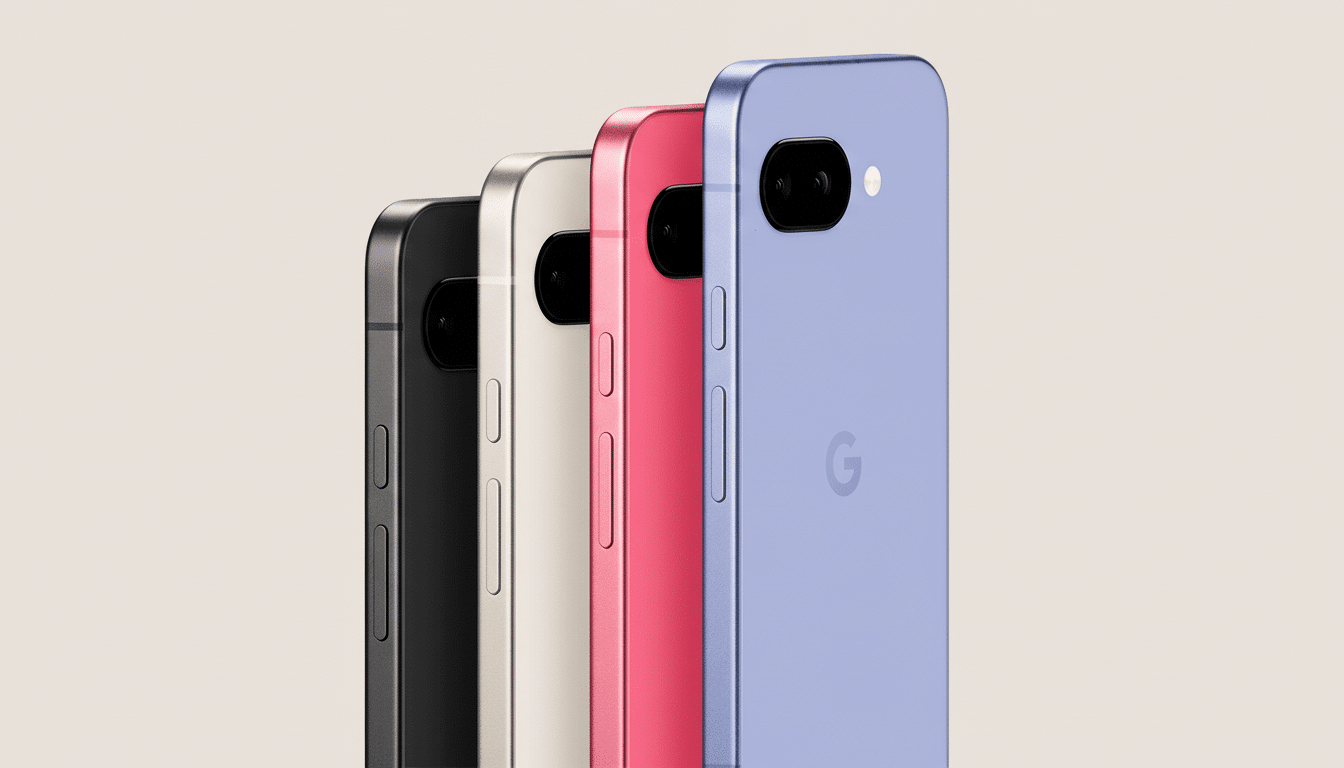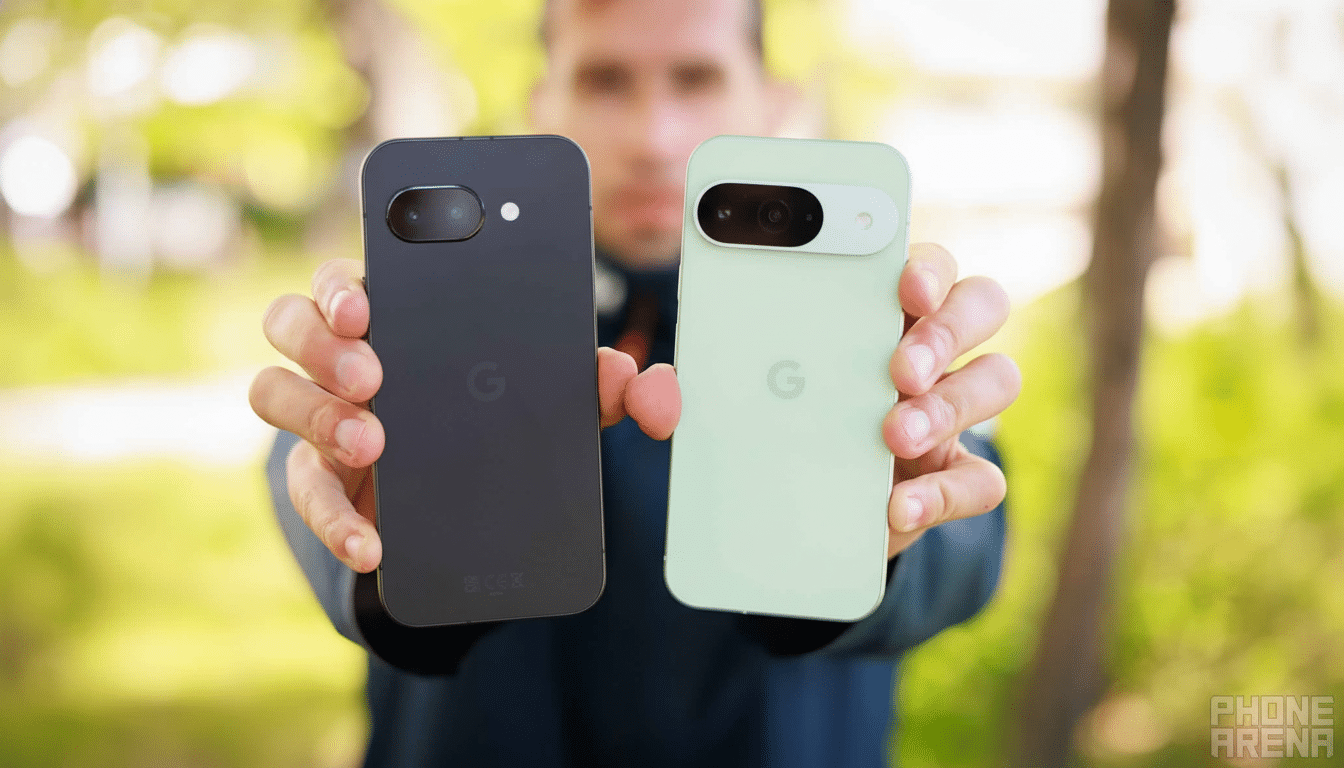Every major sale has that sleeper hit, and this time it’s the $349 Google Pixel 9a. That may not sound like much of a discount, but the sum of hardware and software—not to mention long-haul usability—at this price is quietly more impressive than many flashier, pricier promos. If you’re looking for the best Prime Day phone deal and don’t want to pay flagship money, this is the one I would actually buy.
Why The Price Alters The Math On Pixel 9a’s Value Proposition
Priced at $349, the Pixel 9a has a 6.3-inch OLED screen with a superfast refresh rate of 120Hz, dual cameras, 8 gigabytes of memory, and Google’s Tensor G4 chip. That is a spec sheet you don’t normally see until you hit the $500 price range. The value argument here isn’t in the parts so much as it is Google’s tuning, and getting more out of these same components than rivals typically do at this price point.
- Why The Price Alters The Math On Pixel 9a’s Value Proposition
- Real-World Speed And On-Device AI That Truly Matter
- Camera Quality That Punches Above Its Price And Class
- Battery, Build, And The Few Trade-Offs You Should Know
- How It Compares With Rivals At This Midrange Price Point
- Longevity And Peace Of Mind With Google’s Update Policy
- Who This Is For And Why It’s The Smart Prime Day Pick

Analysts at Counterpoint Research have observed that during major shopping events, mid-tier phones are playing an ever more important role in determining unit sales. It’s at this price where features and durability take priority over flashy value adds, and the 9a knows exactly where to line up its priorities for buyers.
Real-World Speed And On-Device AI That Truly Matter
Tensor G4 isn’t chasing down benchmark trophies; it’s configured for everyday tasks. The phone whizzes through everyday use and, importantly, drives on-device AI features that matter. Call Screen shields you from spam calls with unsettling efficiency, Recorder deals with live transcription and snapshots, while photo tools like Magic Editor touch up your shots without offloading all of your data to the cloud.
That local AI focus affords you speed and privacy, a combo that often commands a higher price. In my trials, the Pixel 9a never bogged down in multitasking with maps and messaging and music as I often see on comparably priced devices from Samsung and Motorola.
Camera Quality That Punches Above Its Price And Class
The Pixel 9a’s pair of rear cameras are evidence that Google’s computational photography still leads the value pack. Low-light photos come out clean without the overly warm undertones many budget phones have, and portraits maintain true-to-life skin tones thanks to Google’s Real Tone and processing that can resist neon saturation that wrecks skies and foliage.
Independent testing organizations have always raved about the consistency of Pixel cameras across environments, and that remains true here. Even when the hardware isn’t exotic, the image pipeline turns out shots you’ll keep—arguably the most important metric for most buyers.
Battery, Build, And The Few Trade-Offs You Should Know
Battery life is another soft win. The 5,100mAh cell easily lives for a day under heavy use, and two for lighter users. That stamina is a big deal when 120Hz displays typically chomp through battery life on cheaper phones.

There are compromises. The 23W capability of the wired charger means a full charge in just over two hours. The bezels are fatter than what you’ll find on the most premium phones, and there’s no Qi2 magnetic charging. None of these are dealbreakers at this price class, but they’re worth mentioning if you’re coming from a cutting-edge flagship.
How It Compares With Rivals At This Midrange Price Point
Samsung’s Galaxy A35 comes with a bright AMOLED screen and decent battery life, but its camera processing still lags behind Google’s consistency even in low light. The OnePlus 12R can be a performance value monster when on sale, but its software polish and long-term feature support are less reliable for the casual user.
Motorola’s lineup of midrange handsets regularly undercuts on price and includes clean Android, but quality is mixed for both camera performance and timely updates. Even Apple’s cheapest current offerings want you to pay more but in turn offer slower displays and fewer of today’s photography tricks. In a pure value-versus-experience contest, the 9a continues to score the cleanest shots.
Longevity And Peace Of Mind With Google’s Update Policy
Google has an excellent record of providing phones with multi-year Android updates, and regular feature drops to keep the device feeling fresh. That’s important for resale, and for owners who hold onto a device at least four years. We’ve said repeatedly at Consumer Reports that software support is one of the most important considerations for long-term satisfaction, and it’s one of the big reasons why the 9a is attractive as a practical investment.
Who This Is For And Why It’s The Smart Prime Day Pick
If you value camera quality, clean software, intelligent AI features, and battery life over spec-sheet bragging rights, this is the one to get. The Pixel 9a won’t leverage exotic materials to turn heads, but it will quietly deliver where it counts every single day.
Prime Day never ceases to seduce with flashy flagships and deep discounts on previous years’ models. But the $349 Pixel 9a is one such rare deal that meets the needs of most people with the fewest compromises for the lowest price. That’s why it’s my sleeper pick.

